5 Tips For Covering Countertops With Contact Paper Style Adhesive Line

My top tips for applying an adhesive countertop cover to makeover your outdated counters on a tight budget.
My Studio kitchenette project is underway, and the first project I needed to knock out was updating the pink countertops. Truth be told, I love the pink counters. I painted them myself and was really proud of how durable they were. But now that we are remodeling the rest of the Studio and my husband’s collection’s room (basically a man cave, but he doesn’t like that term), the pink counters just looked out of place.
My budget was super tight, and I couldn’t afford the time or cost of replacing the counters, so I decided to give an adhesive countertop film a try. It’s similar to shelf liner, but made for using on countertops. A lot of people call it Contact Paper, but that’s actually a brand, not a material. (Kind of like how Crock Pot is a brand and slow cooker is the product.)
If you’ve been considering covering your own countertops with a patterned liner, here are my top five tips for pulling off a job that will last until you’re able to replace them.
1. Use The Right Type Of Adhesive Liner
You can’t just throw any type of Contact Paper or shelf liner on a countertop and expect it to hold up to the wear and tear that’s to come in your kitchen. It’s super important to choose a liner that was made for countertops. I went with this product because the brand has great reviews for countertop installation. It’s slick and shiny, and seems like it’s easy to clean. I accidentally got paint on it yesterday and was able to remove the dried splatter without damage.
Keep in mind that even though the adhesive liner is made to go on countertops does not mean that it’s heat resistant. Any time you need to put a hot pan or dish down, make sure you are putting it on a thick pot holder or cutting board.
2. Get The Widest And Longest Roll Possible
With marble-style adhesive liners, it’s pretty much impossible to line up the seams. To minimize seams altogether, order the largest size you possibly can. That’s what I love about the countertop film that I used. It comes in 26.5 inches deep, which is perfect for countertops since they’re typically 24 inches deep. You will need that overflow of 2.5 inches to go around the countertop’s front edge.
For my kitchenette, the countertop was actually 30 inches deep because it’s a bartop, so there was no way for me to avoid a seam. It’s definitely noticeable, but it doesn’t bother me. If you’re a total perfectionist, the marble patterns are not for you and you should stick with granite-look instead.
You’ll also need to pick the longest roll you can so you can seamlessly run it all along the counter as one continuous piece. Corners are a little tricky, and I tried cutting both pieces in my corner at an angle but I didn’t like how it looked. I ended up just having a 90 degree seam cut, and it’s a lot less noticeable that way.
3. Use A Hair Dryer For Edges
The edges and corner ends of countertops are what get most people hung up. I found out from the product reviews that you can use a hair dryer to make the countertop film stretchy and easier to manipulate around curves. I tried it, and it totally worked! It took a lot of readjusting, trimming, and folding, but my corners and edges ended up super clean.
4. Caulk The Edges As If It Were A Real Stone Slab
Here’s where you take your project to the next level. Run a bead of caulk around the edges where your adhesive countertop film meets the wall and/or backsplash. If you had installed a real stone slab, there would be silicone caulk in the crack to keep crumbs from sliding down, and also just to make it look finished.
By caulking your edges, you make your installation look more realistic. But as a bonus, it also seals your edges so they are less likely to come up. Think of it like the tape on a wrapped present. The adhesive liner is the wrapping paper and caulk is the clear tape that secures it all. I used paintable latex caulk so I could paint it black to match the backsplash piece.
Note: The only thing I would have done differently was use the yellow Frog Tape for delicate surfaces instead of the regular green. It didn’t damage the countertop liner, but it did try to pull it up. I had to hold it down and fix a few places as I removed the tape.
5. Use Leftover Liner For Shelves And Drawers
You will probably have some leftover adhesive film, so why not make the most of the money you spent by using it on cabinet shelves and inside drawers? This makes things look more cohesive and intentional, but also protects your shelves and drawers from spills. Since the adhesive countertop film is waterproof, you won’t get stains or damage from cups and utensils that didn’t get dried all the way.
Would You Try Contact Paper Countertops?
When I shared this project on Instagram and TikTok (@lelaburris), I got all kinds of opinions, from praise to concern. I also got questions about the durability, which I can’t answer yet since I just installed it this week. I’d love to keep the conversation going in the comments section below. Would you try it on your countertops? Have you tried it before?
See the full kitchenette remodel here: https://www.lelaburris.com/studio-kitchenette-reveal/
Would You Try Contact Paper Countertops?
When I shared this project on Instagram and TikTok (@lelaburris), I got all kinds of opinions, from praise to concern. I also got questions about the durability, and so far it's holding up well, three months in.
Keep in mind that this is just a kitchenette basement bar so no cooking is being done here. I can't speak for it's durability in an actual kitchen, but feel free to share your experiences below if you've tried it in a full kitchen.
See the full kitchenette remodel here: https://www.lelaburris.com/studio-kitchenette-reveal/
Enjoyed the project?

Comments
Join the conversation
-
 Harry Pepper
on Jun 12, 2022
Harry Pepper
on Jun 12, 2022
I did this 25 years ago in a house I rented when I was in college. The countertop in the bathroom was a hideous orange color. I used regular Contact Paper and covered the orange with forest green. (I don't think they had a special line for countertops back then. And no special patterns like faux marble or granite back then either.) Like you, I caulked around the edge where the counter met the wall. But I also removed the caulk around the sink before installing the Contact Paper, then recaulked when I was done.
It turned out fantastic! When I moved out at the end of the school year the landlord thought I had installed a new countertop in the bathroom, and offered to reimburse me. When I told him it was Contact Paper, he didn't believe me until I showed him the only visible seam on the corner!
-
-
 BELINDA PAIZ
on Jul 20, 2022
BELINDA PAIZ
on Jul 20, 2022
I am definitely interested in this project!😉
-



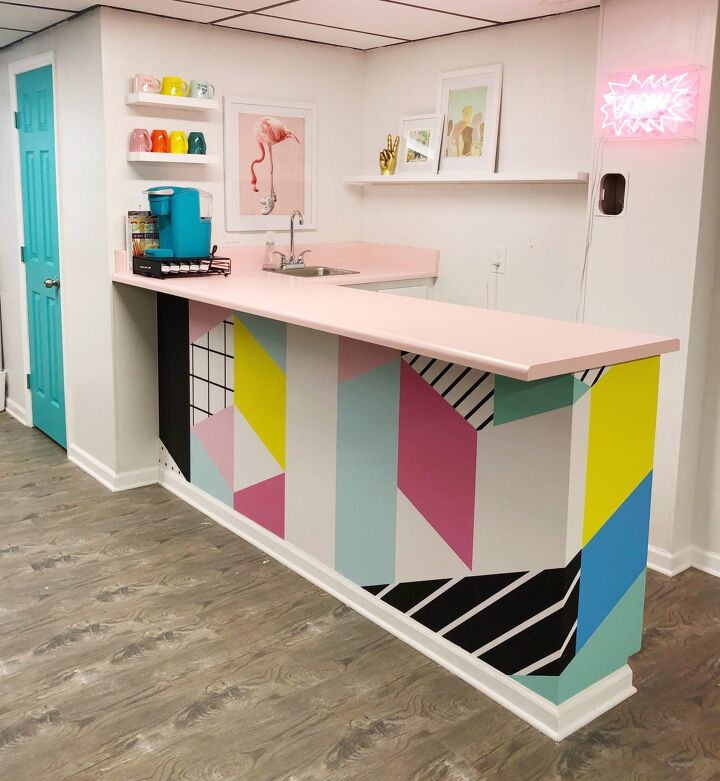











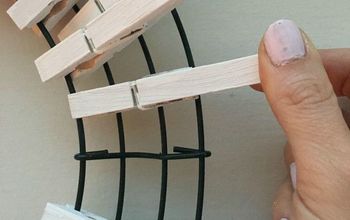
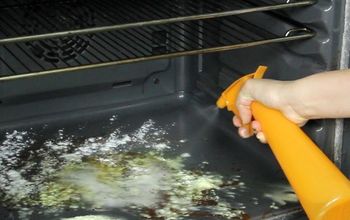



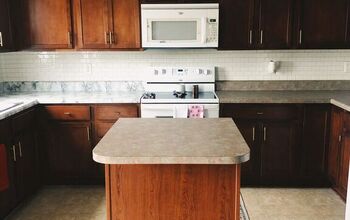
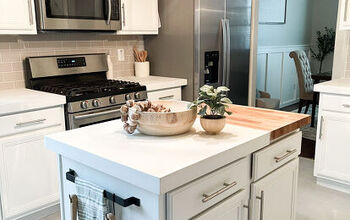
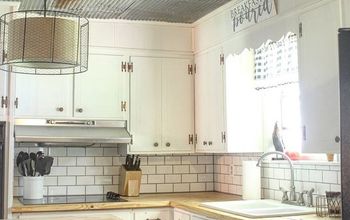
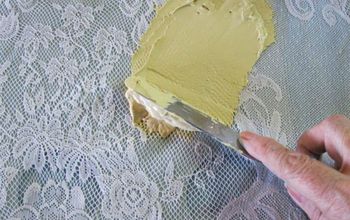
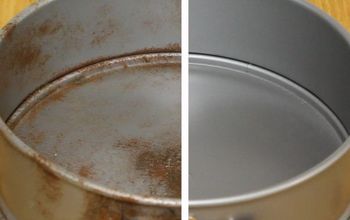
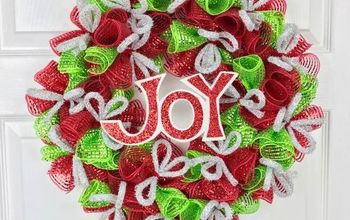
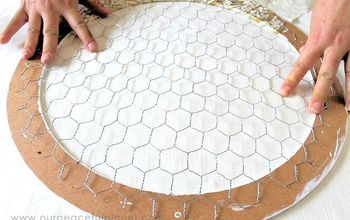
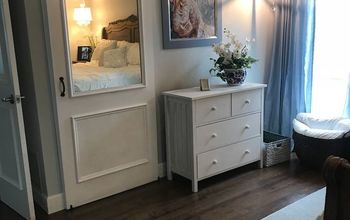
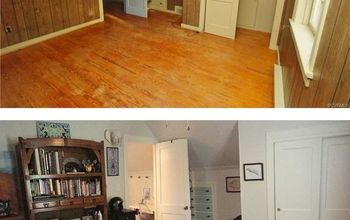
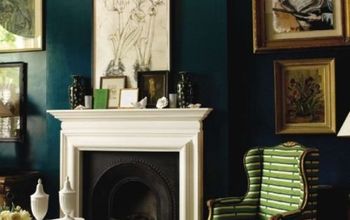
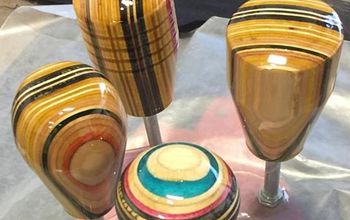
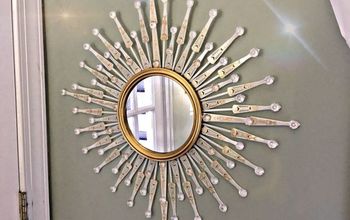
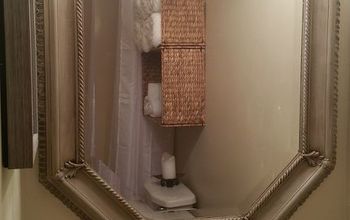
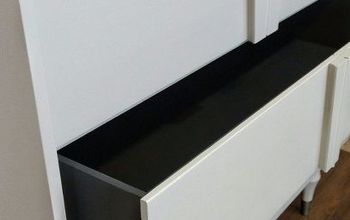
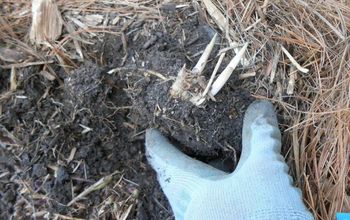
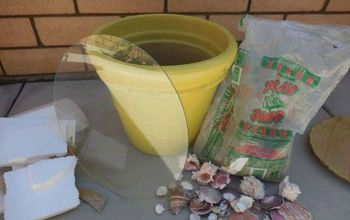
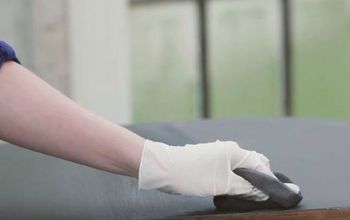
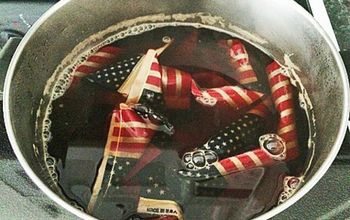
Frequently asked questions
Have a question about this project?
Will you please explain how you did the corners?
I can do it - if you need help !
What did you use on the base of your bar?